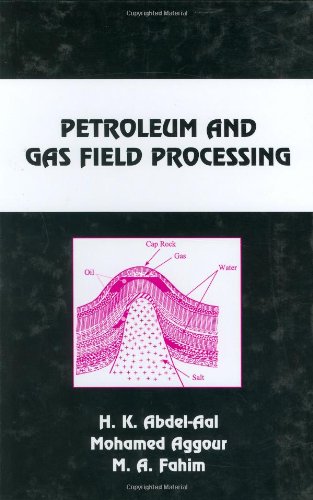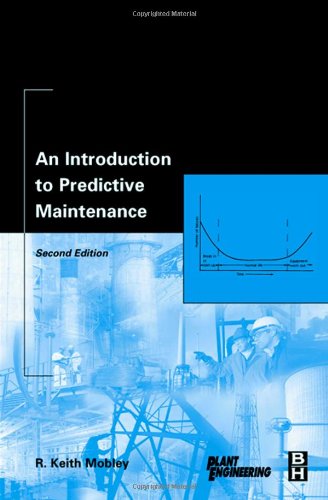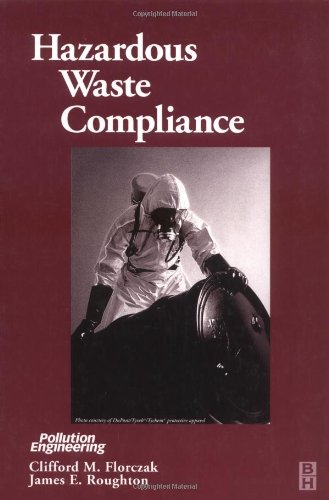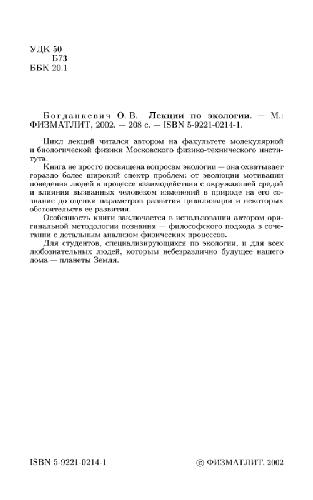H.K. Abdel-Aal, Mohamed Aggour, M.A. Fahim9780824709624, 0-8247-0962-4
Table of contents :
Petroleum And Gas Field Processing……Page 1
Contents……Page 9
Chemical Industries A Series Of Reference Books And Textbooks……Page 3
Preface……Page 7
Introduction……Page 11
1.1 Introductory Remarks……Page 17
Contents……Page 0
1.2.2 Accumulation Of Oil And Gas……Page 18
1.3.1 Geologic Classification Of Petroleum Reservoirs……Page 19
1.3.2 Reservoir Drive Mechanisms……Page 22
1.4.2 Geophysical Surveys……Page 24
1.4.3 Exploratory Drilling……Page 25
1.5 Development Of Oil And Gas Fields……Page 26
1.6 Drilling Engineering And Operations……Page 27
1.6.1 Drilling The Well……Page 28
1.6.2 Casing The Well……Page 30
1.7 Reservoir Engineering Role And Functions……Page 31
1.7.2 Well Location, Spacing, And Production Rates……Page 32
1.7.4 Reservoir Management……Page 35
1.7.5 Improved Petroleum Recovery……Page 36
1.8 Production Engineering Role And Functions……Page 39
1.8.1 Well Completion Design……Page 40
1.8.2 Tubing Design……Page 42
1.8.3 Completion And Workover Operations……Page 47
1.8.4 Producing The Well……Page 53
Bibliography……Page 57
Review Questions……Page 58
2.2 Crude Oil Composition……Page 59
2.2.1 Chemical Approach……Page 60
2.2.2 Physical Methods……Page 63
2.3 Crude Oil Comparisons And Crude Oil Assay……Page 66
2.4.1 Classifications……Page 67
References……Page 70
3.1 Introduction……Page 71
3.2 The Separation Problem……Page 72
3.3 Theory Of Gas–oil Separation……Page 75
3.4 Methods Of Separation……Page 77
3.5.1 Functional Components Of A Gas– Oil Separator……Page 80
3.5.2 Commercial Types Of Gas–oil Separator……Page 82
3.5.3 Controllers And Internal Components Of Gas–oil Separators……Page 88
3.6.2 Fundamentals……Page 92
3.6.3 Settling Of Oil Droplets……Page 93
3.6.4 Gas Capacity Of Separators……Page 94
3.6.6 Sizing Vertical Gas–oil Separators……Page 95
3.6.7 Sizing Horizontal Gas–oil Separators……Page 98
3.6.8 Solved Examples On Sizing Gas–oil Separators……Page 101
3.7.1 Introduction……Page 108
3.7.2 Pressure Profile Of A Three- Stage Gosp……Page 110
3.7.3 Determination Of The Optimum Second-stage Operating Pressure……Page 111
3.8 Selections And Performance Of Gas–oil Separators……Page 116
3.9.1 Introduction……Page 119
3.9.2 Conditions Necessary For Flashing……Page 120
3.9.3 The Flash Equation……Page 121
References……Page 123
Review Questions And Exercise Problems……Page 124
4.1 Introduction……Page 127
4.2 Horizontal Three-phase Separators……Page 128
4.3 Vertical Three-phase Separators……Page 131
4.4 Separation Theory……Page 134
4.5 Separator Sizing Equations And Rules……Page 137
4.5.1 Sizing Equations For Horizontal Separators……Page 138
4.5.2 Sizing Equation For Vertical Separators……Page 144
Bibliography……Page 149
Review Questions And Exercise Problems……Page 150
5.1 Introduction……Page 152
5.2 Oil Emulsions……Page 153
5.2.1 Energy Of Agitation……Page 154
5.2.2 Emulsifying Agents……Page 155
5.3 Dehydration/treating Processes……Page 158
5.3.1 Removal Of Free Water……Page 159
5.3.2 Resolution Of Emulsified Oil……Page 160
5.4.1 Benefits And Drawbacks Of Heating……Page 162
5.4.3 Heat Requirement……Page 164
5.4.4 Types Of Heater Treater……Page 166
5.5.1 Selection And Injection Of Chemicals (deemulsifiers)……Page 169
5.6 Electrical Aid……Page 172
5.7 Chemielectric Dehydratros (emulsion Treaters)……Page 173
5.8 Design Of Treaters……Page 176
5.8.1 Sizing Horizontal Treaters……Page 177
5.8.2 Sizing Vertical Treaters……Page 182
Review Questions And Exercise Problems……Page 185
6.1 Introduction……Page 189
6.2 Relationship Among Volume Of Remnant Water, Its Salinity And Salt Content……Page 191
6.3 Description Of The Desalting Process……Page 193
6.4 Electrostatic Desalting……Page 195
6.6 Effect Of Operating Parameters……Page 199
References……Page 201
Review Questions And Exercise Problems……Page 202
7.1 Introduction……Page 204
7.2 Stabilization Operations……Page 206
7.2.1 Stabilization By Flashing (additional Gas–oil Separator)……Page 207
7.4.1 Introduction……Page 208
7.4.2 Equipment And Operation……Page 209
7.4.3 Main Features And Applications Of Stabilizers……Page 210
7.5 Crude Oil Sweetening……Page 212
Review Questions……Page 215
8.1.1 Introduction……Page 216
8.1.2 Types Of Storage Tank……Page 217
8.1.3 Sizing The Storage Tanks……Page 219
8.2.1 Background……Page 220
8.2.2 Types Of Storage Loss……Page 222
8.2.3 Vapor Recovery Methods……Page 223
8.3.1 Introduction……Page 225
8.3.2 Pipeline Gathering Schemes……Page 226
Bibliography……Page 229
Review Questions……Page 230
9.1 Introduction……Page 231
9.2 Produced And Treated Water Quality……Page 232
9.3 Produced Water Treatment System……Page 233
9.4.3 Skim Tanks And Vessels……Page 234
9.4.4 Plate Coalescers……Page 237
9.4.6 Flotation Units……Page 239
9.5 Offshore Water Disposal Equipment……Page 242
9.6 Design Of Water Treatment And Disposal Equipment……Page 244
9.6.1 Sizing Horizontal Cylindrical Skimmers……Page 246
9.6.2 Sizing Horizontal Rectangular Cross Section (api) Skimmer……Page 248
9.6.3 Sizing Vertical Cylindrical Skimmer……Page 249
9.6.4 Sizing Of Skimmers With Ppi……Page 252
9.6.5 Sizing Of Skimmers With Cpi……Page 253
9.6.7 Determining The Reqired Number Of Sp Packs……Page 254
9.6.8 Sizing Of Flotation Units……Page 255
9.6.9 Sizing Of Offshore Disposal Devices……Page 257
Review Questions And Exercise Problems……Page 260
10.1 Planning The System……Page 262
10.2.2 Why Field Processing?……Page 264
10.2.4 Gas Specifications And Standard Conditions……Page 265
10.3 Effect Of Impurities Found In Natural Gas……Page 266
Bibliography……Page 267
11.1 Introduction……Page 268
11.2 Gas-sweetening Processes……Page 269
11.3 Selection Of Sweetening Process……Page 270
11.4.1 Iron Sponge……Page 272
11.4.3 Molecular Sieves……Page 275
11.5 Liquid- Phase Processes……Page 278
11.5.1 Amine Processes……Page 279
11.5.2 Hot Potassium Carbonate Process……Page 284
11.5.3 Physical Solvent Processes……Page 286
11.6.1 Stretford Process……Page 291
11.6.3 Sulferox Process……Page 293
11.6.4 Membrane Processes……Page 294
11.6.5 Environmental Aspects……Page 299
Review Questions And Exercise Problems……Page 300
12.1 Introduction……Page 302
12.2.1 Approximate Methods……Page 303
12.2.2 Analytical Methods……Page 306
12.3 Methods Used To Inhibit Hydrate Formation……Page 307
12.3.1 Temperature/pressure Control……Page 308
12.3.2 Chemical Injection……Page 309
12.4.1 Basic Principles……Page 312
12.4.3 Pressure And Temperature Considerations……Page 314
12.4.4 Process Design……Page 316
12.5 Adsorption: Solid- Bed Dehydration……Page 319
12.5.1 Operation Of Solid-bed Dehydrator……Page 320
12.5.2 Design Of Adsorber For Gas Dehydration……Page 322
12.5.3 Regeneration Heat Requirements……Page 327
References……Page 330
Review Questions And Exercise Problems……Page 334
13.2.1 Options Of Phase Change……Page 336
13.2.2 Parameters Controlling Ngl Separation……Page 337
13.2.3 Selected Separation Processes……Page 338
13.3.1 Goals And Tasks……Page 342
13.3.2 Fundamentals Of Distillation……Page 346
13.3.3 Distil Ation Processes And Types Of Fractionators……Page 347
13.4.1 Cost Of Separation (fractionation)……Page 350
13.4.2 Rules (heuristics) And Examples……Page 351
13.5 Ngl Products And Their Stabilization……Page 355
Review Questions And Exercise Problems……Page 356







Reviews
There are no reviews yet.